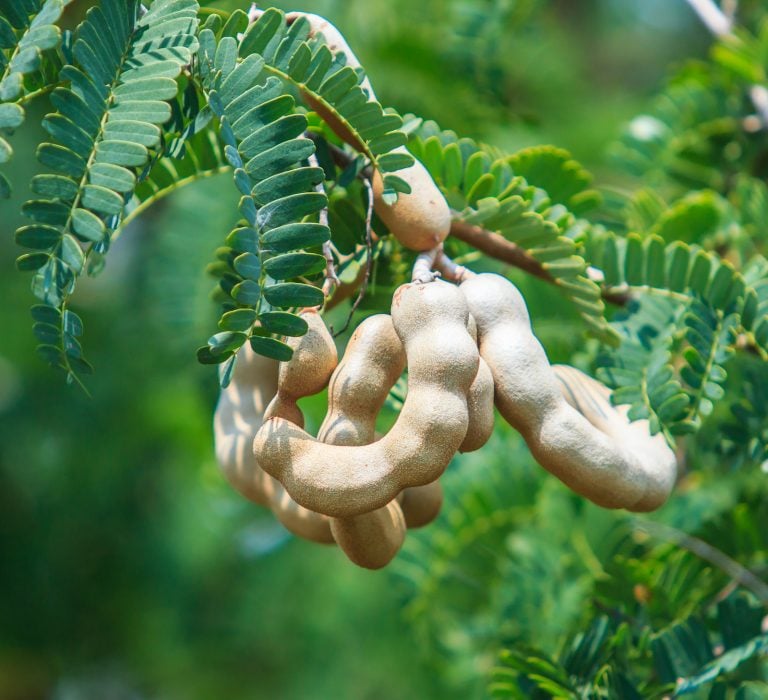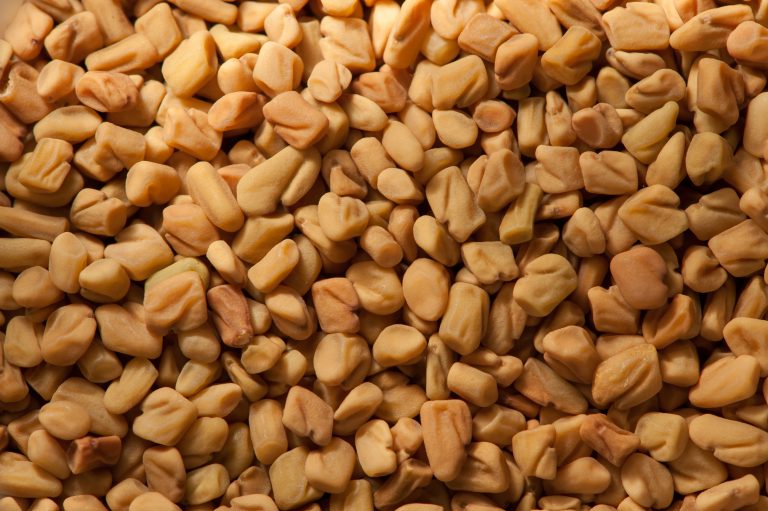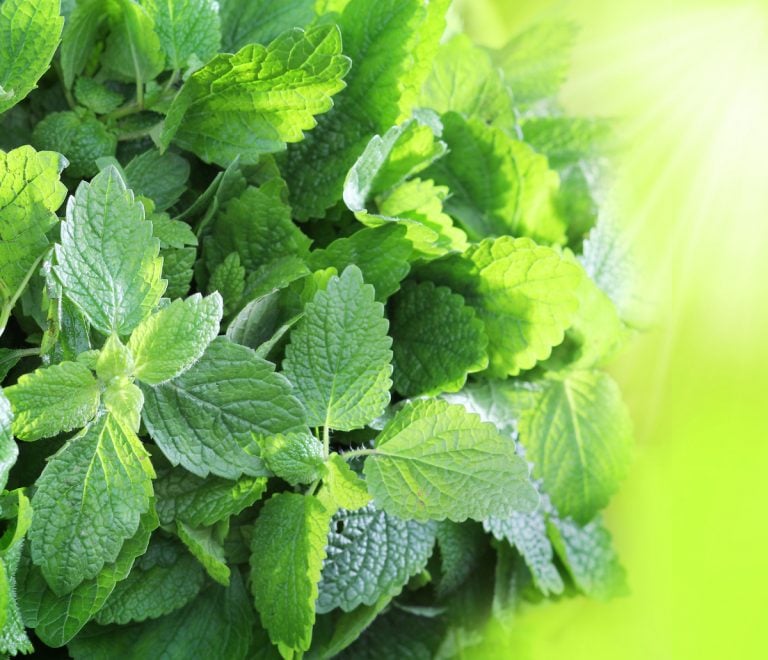Clary sage and sage are two of hundreds of different sage varieties. Because they are related, they share many properties even though they are not perfectly alike. Which one should you use? Does one have certain properties that you will not get from the other? Let’s take a look at how clary sage compares to sage in the SPICEography Showdown below.
Spice Comparisons
Tamarind Vs. Turmeric: SPICEography Showdown
Tamarind and turmeric are both popular additions to South Asian food, but they are two unrelated spices with different culinary applications. Familiarize yourself with their respective benefits before attempting to use either of them. We will take a closer look at both of them below in this SPICEography Showdown. How …
Holy Basil Vs. Ashwagandha: SPICEography Showdown
Holy basil and ashwagandha are two Southeast Asian ingredients used in food and in Ayurvedic medicine. As far as their medical applications are concerned, they are both classified as adaptogens. As adaptogens, both are used to treat stress and stress-related conditions like insomnia but they are used differently. When it comes to using them in food, you will have a different set of considerations. We will examine each of these ingredients and what makes them useful in this SPICEography Showdown.
Thai Basil Vs. Holy Basil: SPICEography Showdown
Thai basil and holy basil are related to each other and both are fixtures in Thai and other Southeast Asian cuisines. They are popular because each of them has certain distinctive qualities. To get the best from these two basil varieties, you will need to understand those distinctive qualities. We will examine what makes each of these herbs unique in this edition of SPICEography Showdown.
Spearmint Vs. Peppermint: SPICEography Showdown
Both spearmint and peppermint belong to the same Mentha genus but the names refer to different species. Peppermint is actually a spearmint and watermint hybrid. In other words, these two herbs have a lot in common. They are also different herbs with different properties and applications. If you are confused about which to use or which properties belong to which mint, we will tackle their differences in this edition of SPICEography Showdown.
Fenugreek Vs. Fennel Seed: SPICEography Showdown
Fenugreek (AKA fenugreek seed) and fennel seed are two pungent spices. Both are native to the Mediterranean region though fenugreek is native to Asia as well. If you are looking for a spice that will dominate the other flavors in a dish, either of these spices can play that role; however, they will go about it differently. If you want to use one or the other in a specific dish, consider the SPICEography Showdown below to assess their respective properties.
Spearmint: The Oldest Mint
Spearmint has been used and cultivated for so much of human history that there is probably no version of it that is truly wild. The original form of spearmint is probably not growing anywhere in nature. The herb is originally from Europe and the Middle East but can be found all over the world as a result of the ease with which it grows. Spearmint goes by multiple other names including lamb’s mint and our lady’s mint.
Spearmint was among the mints brought to the British Isles by the Romans. Both the Greeks and the Romans held to a tradition of rubbing their tables with mint before the arrival of their guests. Note that as the earliest cultivated and used mint, spearmint is what is referred to simply as mint in ancient texts. Pliny described mint (most likely spearmint) as having a fragrance capable of reanimating the spirit.
Rosemary Vs. Lavender: SPICEography Showdown
Rosemary and lavender are two herbs that can be similar enough in appearance that you could easily mistake them for each other. If you want to use one or the other, you should understand what makes each special. Let’s break down their similarities and differences in another SPICEography Showdown.







